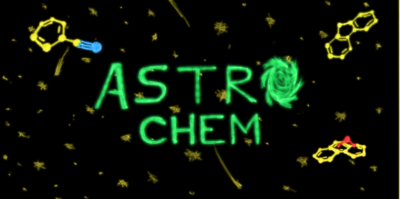
Rotational spectroscopy has long been a tool for the discovery of new species in the interstellar medium (ISM) and circumstellar environments. We aim to use rotational spectroscopy to not only broaden the catalogue of known species in the ISM but also to investigate the chemistry that is occurring. For this, we have different spectrometers available in our laboratory. By using the COMPACT spectrometer operating between 2-18 GHz with a supersonic expansion, we investigate the structure of astrochemically relevant molecules, the microsolvation of polycyclic aromatic hydrocarbons (PAHs), and look at reaction processes in discharge reactions. In order to look at warmer systems, we use our W-band instrument, which operates between 75-110 GHz, to look at room temperature samples. This instrument directly overlaps with Band 3 of ALMA, and thus measured line frequencies from this instrument can be directly used in searches for these species in the ISM. Besides accurate rest frequencies, we can determine structural information and catalogue vibrationally excited states of our systems of study. Recently, upgrades to the W-band have allowed us to implement a supersonic expansion and discharge source into this instrument.
Beyond rotational spectroscopy, we use IR, UV, XUV, and X-ray spectroscopy to understand how molecules such as PAHs interact with the strong radiation fields present in the ISM. Currently, we are commissioning a IR-UV molecular beam spectrometer. At FELs in both Germany and the Netherlands, we interrogate the IR spectra of PAHs and work to understand their photodissociation and photoionization processes. Studies are also being carried out at synchrotron facilities to investigate PAH ionization potentials, as well as dehydrogenation and ionization effects.





